
Photo: Minh Khoi
Export to 80 markets worldwide
At the conference on trade promotion with the Vietnamese trade office system abroad organized by the Ministry of Industry and Trade on the afternoon of June 27 with the theme "Promoting exports, improving competitiveness for Vietnamese seasonal agricultural products", Mr. Nguyen Huu Quan, Head of the Vietnam Trade Office branch in Nanning (China) said that currently, with the increasingly developed transportation, logistics and preservation systems, fresh tropical fruits in the South reach consumers in the North very quickly.
This is one of the favorable conditions to exploit and expand the market for tropical fruits in particular and Vietnamese agricultural products in general in the Chinese market.
However, according to Mr. Quan, it is currently summer, the fruit supply in the Chinese market is more abundant, domestic production with many types of fruit starting to enter the main season, including many types of fruit similar to Vietnam such as lychee, longan, watermelon, mango...
Regarding imports, fruit suppliers to China in the ASEAN region such as Thailand, Vietnam, Malaysia... have also entered the main season of many types of fruit, especially durian. The Chinese consumer market after the Dragon Boat Festival is usually quiet, however, short-season fruits such as lychee are still consumed strongly, especially in localities that do not have this fruit tree.
According to Mr. Dang Phuc Nguyen, General Secretary of the Vietnam Fruit and Vegetable Association, the total export turnover of Vietnamese fruits and vegetables in 2024 will reach 7,148 million USD, an increase of 28% compared to 2023. In the first 5 months of 2025, the export turnover of fruits and vegetables reached 2.3 billion USD, a decrease of 13.5% compared to the same period in 2024.
Currently, Vietnamese fruits and vegetables are present in more than 80 markets around the world. Of which, China is always the largest export market for Vietnamese fruits and vegetables, accounting for 65-70% of the total turnover. Next are the markets of the United States, Korea, Europe... with increasingly expanding fruit and vegetable products.
Vietnam has a variety of fruits, with a continuously increasing output of over 1.2 million hectares and over 12 million tons of fruit per year. Product quality has been improved, many enterprises and cooperatives have proactively invested in production, preservation, and processing technology, and applied international standards such as GlobalGAP and VietGAP, helping to improve product quality and competitiveness.
Besides, Vietnam has signed 17 new generation FTAs, creating great opportunities to access potential markets with tariff incentives...

Promote the transport of fruits and vegetables by sea and rail
In addition to the advantages, Mr. Nguyen Phuc Nguyen also pointed out many challenges to the export of Vietnamese fruits and vegetables. That is, the Vietnamese agricultural sector, especially items such as lychee, longan, mango, rambutan, dragon fruit, durian... have seasonal characteristics that put a lot of pressure on harvesting, transporting and consuming in a rush, easily causing congestion and price drops.
Despite efforts to diversify, Vietnamese fruits and vegetables still depend heavily on a few markets (especially China and the US), creating great risks when there are changes in tariff policies or standards.
Besides, many Vietnamese fruit and vegetable products still do not fully meet the strict standards of demanding markets; small-scale, fragmented production also makes it difficult to apply a synchronous production process.
In addition, the world economy is full of uncertainties, the protectionist trend is increasing while our post-harvest technology and logistics are still weak. Not to mention, Vietnamese fruits and vegetables have to compete with similar products from other countries in the region and the world; the ability to promote, build brands and penetrate deeply into modern distribution channels in new markets is still limited...
Therefore, Mr. Nguyen Phuc Nguyen hopes that Vietnam's trade offices abroad will increase in-depth research on key markets, deeply analyze demand, tastes, and import regulations; regularly and quickly update information on price fluctuations, trade policies, and trade promotion programs to support export enterprises to penetrate and expand markets.
“The trade office should develop a digital platform to manage market information, partner lists and related documents, making it easy for businesses to access and use. Use digital marketing tools to promote products and connect with potential partners, thereby creating a strong leverage for the Vietnamese fruit and vegetable export industry in the coming period,” Mr. Nguyen suggested.
Regarding the key market of China, Mr. Nguyen Huu Quan, Head of the Vietnam Trade Office in Nanning (China) emphasized the need to strengthen management and supervision of agricultural products right at production facilities and growing areas to ensure food safety and hygiene and traceability.
Enterprises need to actively participate in specialized agricultural fairs and organize major events such as fruit festivals and agricultural product weeks at local distribution and retail systems. At the same time, strengthen the implementation of trade promotion activities in the Northern, Central, and Northwestern regions of China. Speed up the implementation of the booth displaying Vietnamese agricultural products at the Beijing Tan Phat Dia Agricultural Products Distribution Center.
“Enterprises need to take advantage of appropriate export transportation methods to avoid congestion at border road gates when agricultural products are in season. They should choose sea and rail transportation for suitable products,” Mr. Quan recommended.
Source: https://hanoimoi.vn/go-kho-cho-nong-san-xuat-khau-chinh-vu-707067.html







![[Photo] Prime Minister Pham Minh Chinh chairs the 16th meeting of the National Steering Committee on combating illegal fishing.](https://vphoto.vietnam.vn/thumb/1200x675/vietnam/resource/IMAGE/2025/10/07/1759848378556_dsc-9253-jpg.webp)







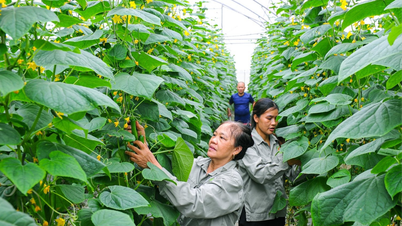

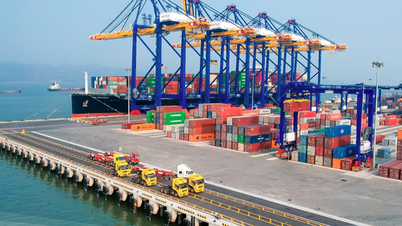






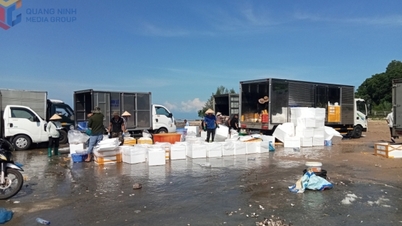






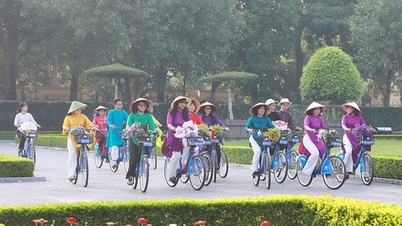
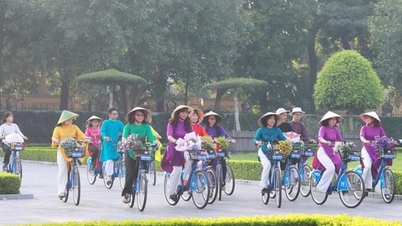
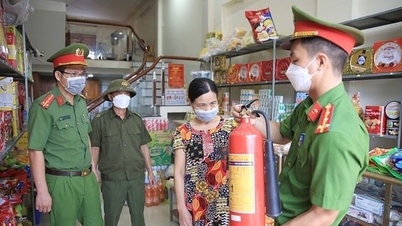


![[Photo] Super harvest moon shines brightly on Mid-Autumn Festival night around the world](https://vphoto.vietnam.vn/thumb/1200x675/vietnam/resource/IMAGE/2025/10/07/1759816565798_1759814567021-jpg.webp)
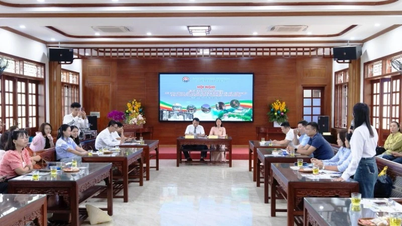
























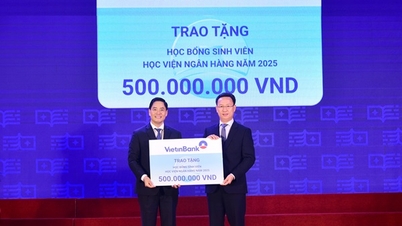









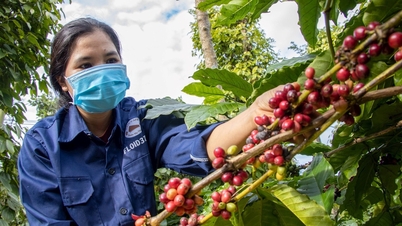




























Comment (0)